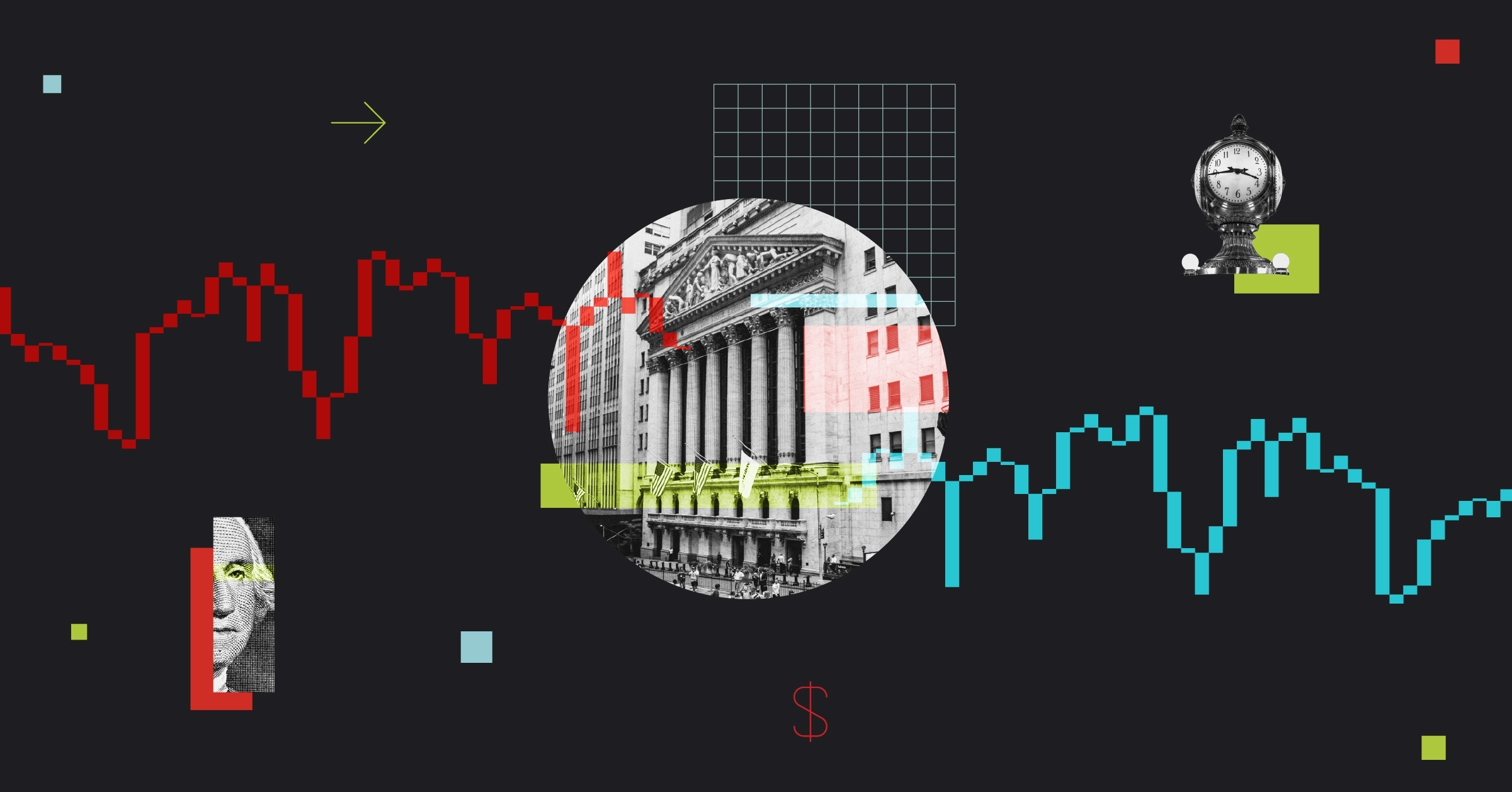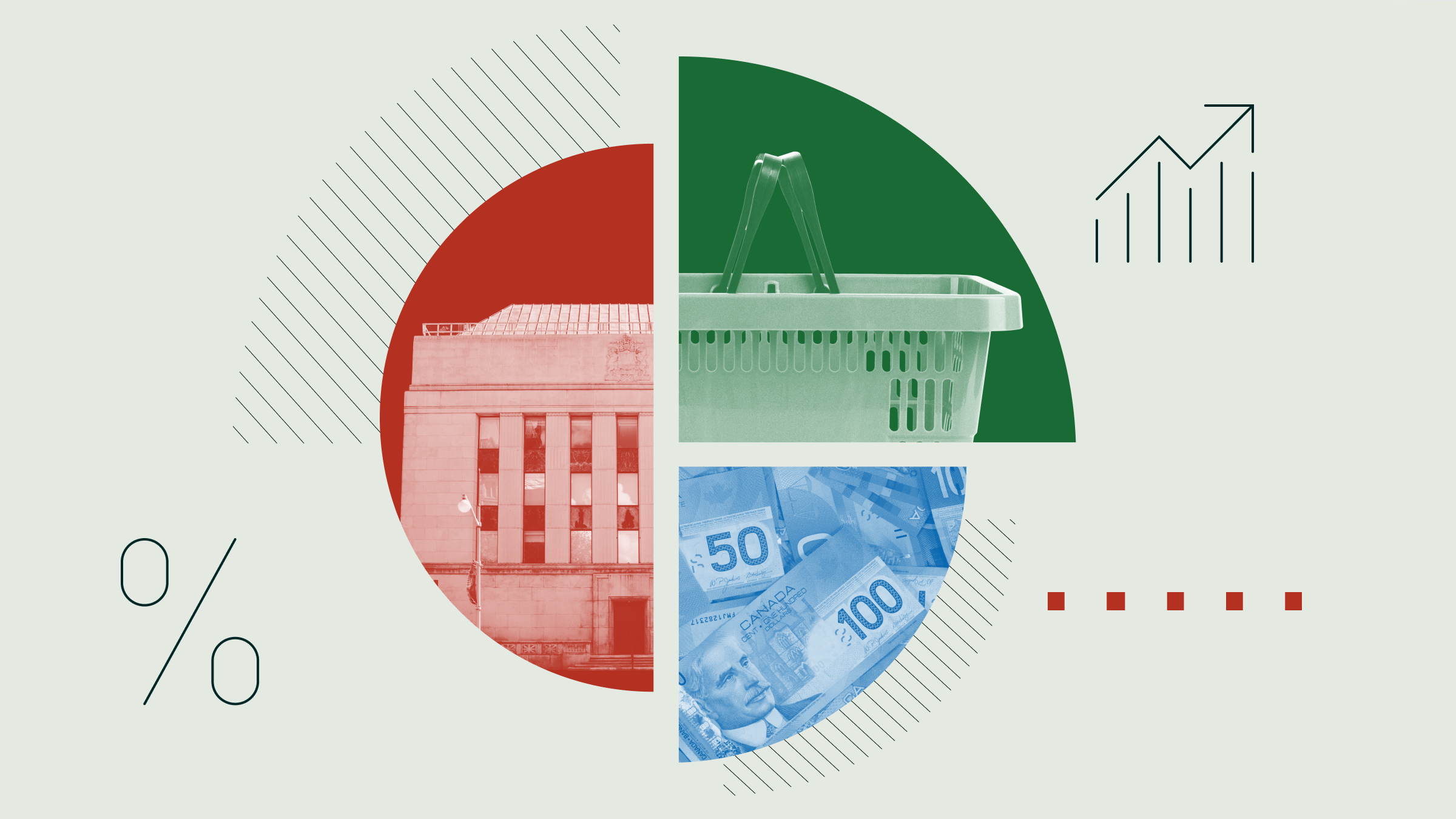Jeremy Glaser: For Morningstar, I'm Jeremy Glaser. We recently launched our Sustainability Rating for funds, and I'm joined today by Jon Hale, our Head of Sustainability Research, to walk us through how this rating is calculated.
Jon, thanks for joining me today.
Jon Hale: Good to be here.
Glaser: There are a couple of steps to this process. Let's start with the basics. We partnered with a firm, Sustainalytics, that does company-level sustainability analysis. Can you talk about their process and how they think about sustainability?
Hale: Sustainalytics has been in business for the past 20 years or so, and their business is conducting what they call ESG [environmental, social, governance] analysis of companies. That entails, every year, a very thorough analysis of how companies address the ESG-related risks and opportunities that face them in their businesses and relative to their industries.
Glaser: Those are environment, social, and governance issues. Does this change a lot by industry? Are they looking at it on an absolute basis or on more of a relative basis?
Hale: The issues do cut across industries, but they have different weights by industry according to their materiality. The potential impact of climate change and global warming, for example, is very important to a number of different industries, really across the board. But there are certain industries--utilities, obviously all the energy sectors, autos--where they are going to be more significant in the overall evaluation than they are in some other industries. Sustainalytics tries to be as relevant as they can, industry-by-industry, by picking the indicators--E, S, and G type indicators--that are most relevant to those industries.
Glaser: When we get this raw data, how do we then bring that together when we are looking at a fund portfolio?
Hale: We get two types of data from Sustainalytics. One is their overall ESG score for a company. That's a holistic evaluation of a company; it's done once a year.
We also get what we call controversy data from Sustainalytics, and this is a data set that they create that's based on any public controversy related to an E, S, or G issue that a company is involved in, and they rate those from 1 low to 5 high. It's kind of like a hurricane warning system. It goes up in seriousness exponentially to the level 4s or level 5s for very significant controversies.
We take those two sets of data, and we take the company ESG score minus a deduction for controversy equals the sustainability score. We roll that up in the portfolio on an asset-weighted basis to give the portfolio a sustainability score. That's step one.
Then in step two, we assign the rating, and the rating is simply the portfolio sustainability score relative to category, normally distributed into five buckets.
Glaser: That translates into the globe rating. How often would you expect this to be updated?
Hale: Every time a new portfolio comes in, it will get scored, and the ratings will be updated approximately every month.
Glaser: Jon, thank you for walking us through the score today.
Hale: Thank you.
Glaser: For Morningstar, I'm Jeremy Glaser. Thanks for watching.




















